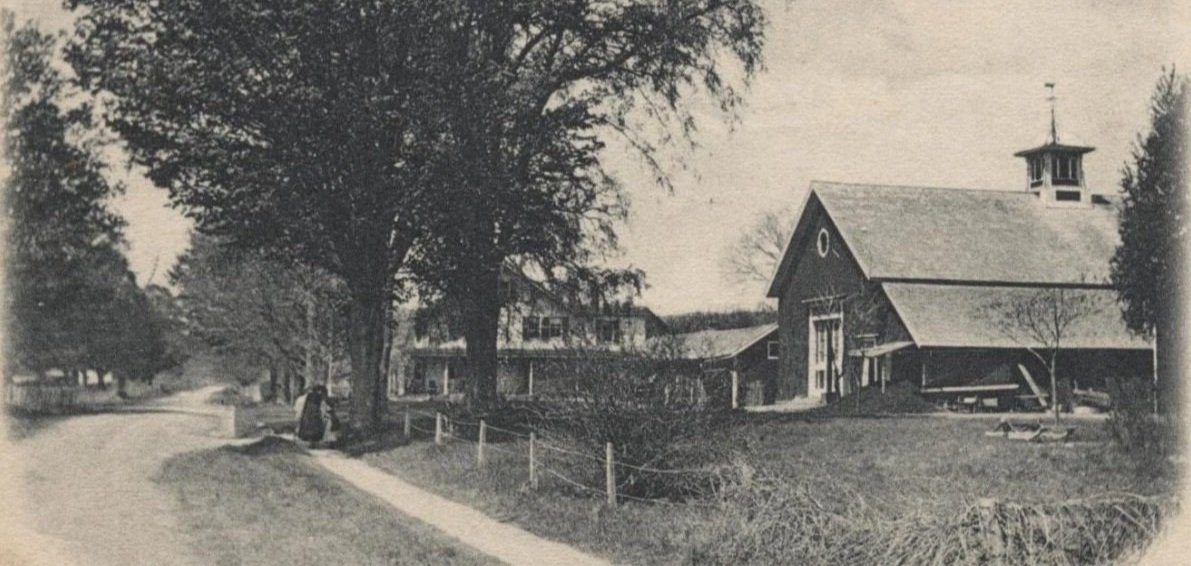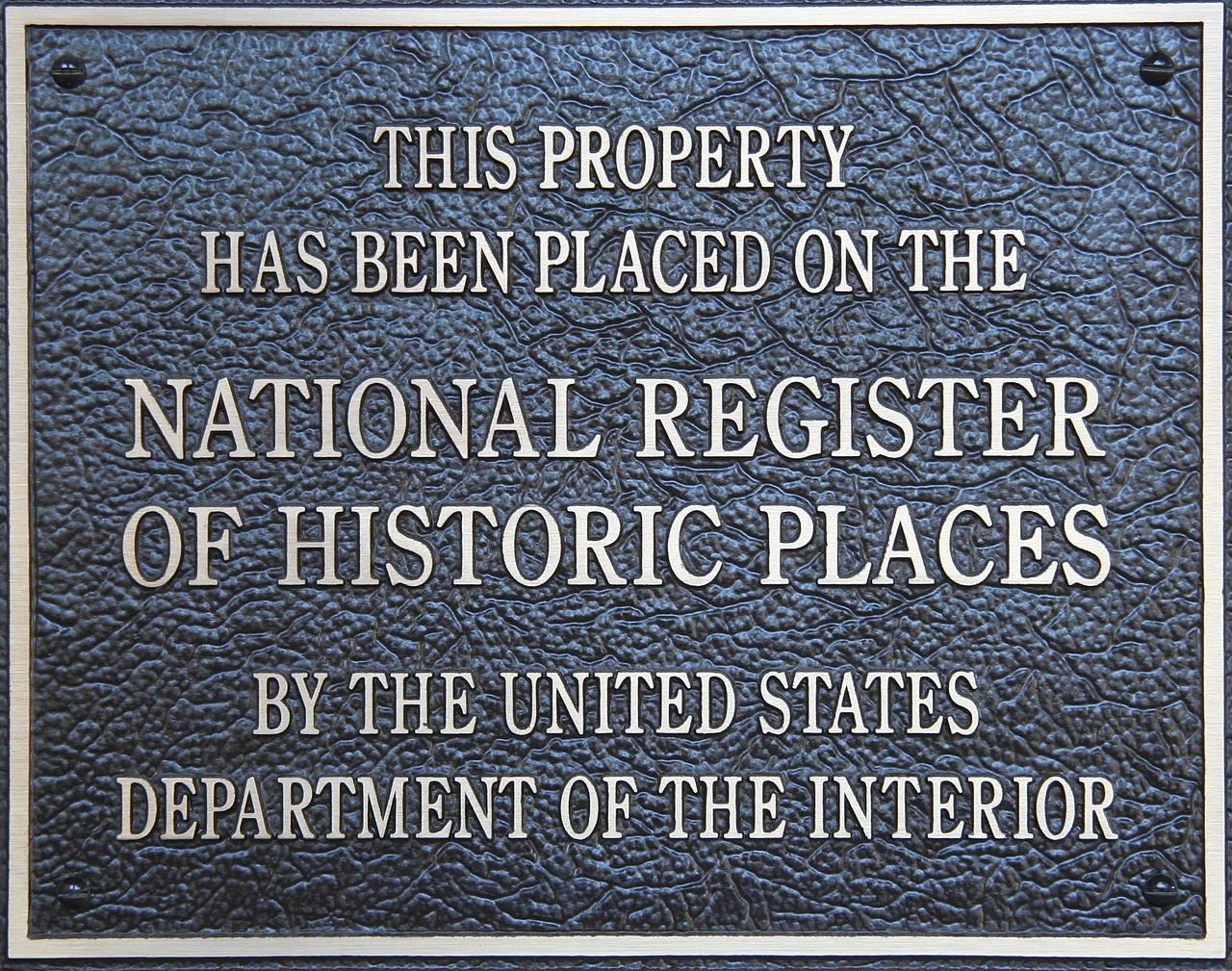Experience the history of Florence.
This Hill-Ross farmhouse was built Circa 1820 by the Burt family. The property was acquired by abolitionist Samuel Hill in 1841 to become part of the utopian community called the Northampton Association of Education and Industry. Hill, who was active in the Underground Railroad, lived in the house, which is the only surviving NAEI building left today. In 1849, Hill sold the farm to Abel Ross. He lived in the house with his nephew, Austin Ross, who bought the property himself in 1857. Austin Ross also used the house as a station on the Underground Railroad.

Ross Farm, now called Hill-Ross Homestead, is a historic farmhouse at 123 Meadow Street in Northampton, Massachusetts. Its importance rests in its significance as the site of a utopian community called The Association that operated there from 1841 to 1845, and for its use as a site on the Underground Railroad. Famous African American members of the Association include Frederick Douglass, William Lloyd Garrison, and Sojourner Truth, who was a resident of Florence for many years. She received her freedom in 1827, and moved to New York City, where she was employed as domestic help. While there, she became involved in religious and anti-slavery activities, and changed her name to Sojourner Truth from Isabella Van Wagener. In the early 1840s, Sojourner Truth began looking for a community in which to settle. She traveled through New England, visiting religious communities such as the Millerites in Connecticut, the Shaker community in Enfield, Connecticut, and Fruitlands in Harvard, Massachusetts. She ultimately chose Florence, gained employment as a laundress, and became a member of the Association. Sojourner Truth remained in Florence until 1851, when she left to travel and lecture in the West.
The Association began to decline in the mid-1840s due to economic and social conflicts. Disputes over the distribution of profits from the silk mill and worker’ wages caused many families to leave. Others found
conflict with the non-denominational religion, child labor, and other Association policies. In the fall of 1846, the Association dissolved under the weight of heavy financial debts. In 1846, after the collapse of the Association, the farm at 123 Meadow Street was sold to Austin and Fidelia Ross. Austin Ross had been a member of the Association and had worked as a teacher for children belonging to the Association.
When property belonging to the Association was divided and sold, Ross purchased the farm and 55 acres to use as a dairy farm. By the mid-19th century, Ross owned the farm at 123 Meadow Street and had built another residence at 61 Meadow Street (not surveyed). Ross, an abolitionist, used his property as a stop on the Underground Railroad. Local tradition indicates that he kept an escaped slave named Wilson at his house on Meadow Street for a 1½ years, finding the former slave employment as a night watchman for the Greenville Cotton Mills. Ross worked as a farmer and milk peddler at the farm on Meadow Street until at least 1890. His son, Dwight A. Ross, also resided on Meadow Street and worked as a farmer and a milk peddler throughout the late 19th and early 20th century. By the late 1890s, Herbert Ross, a lawyer, was also indicated as residing at 123 Meadow Street. Austin Ross moved to 61 Meadow Street in the late 1890s and remained there until at least 1900. 123 Meadow Street remained in the Ross family until at least 1925 and was owned by Alfred L. Ross, who worked as a farmer (City Directories 1875-1925). By 1930, the property was occupied by Frederick J. Wentzel, and by 1935, it was occupied by Lawrence and Edna Pratt (City Directories 1930-1935). In 1940, the property was owned and farmed by Harry and Minnie Marsh (City Directories 1940). The house and farm are significant for associations with the early settlement of this area of Northampton, the Northampton Association for Education and Industry, the Underground Railroad, and the Hill and Ross families, abolitionist members of the Association. The property remains in use as a single family residence with an intact agricultural landscape to the present day.

